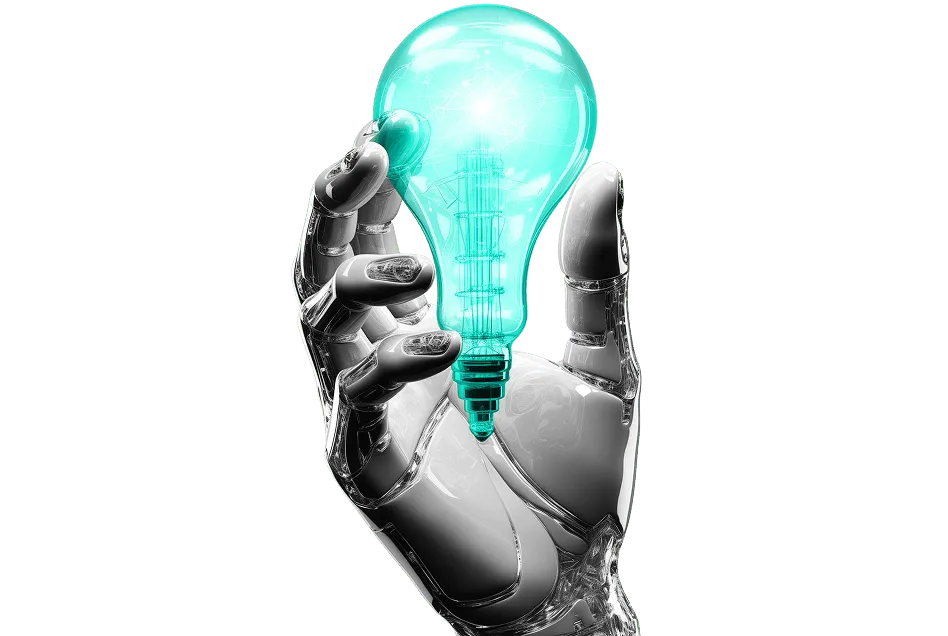Prepare an AI-Ready Workforce with Skills-Based Architecture
Implement a skills architecture framework
By filling up this form, you agree to allow Draup to share this data with our affiliates, subsidiaries and third parties
























Why You Need a Skills Architecture Framework
Draup’s Skills Architecture Framework offers a robust, AI-driven methodology to help enterprises transition from rigid job-based models to dynamic, skills-based architectures, tailored for the AI era. Traditional roles are no longer sufficient to manage the rapid changes brought by generative AI, which has disrupted workloads, created skill gaps, and made it difficult for companies to find “AI-ready” talent.
The framework focuses on deconstructing jobs into granular workloads and tasks, then mapping them to Root Skills , Core Skills , Soft Skills , and Tech Stacks . Using insights from over 850 million job descriptions and 17,500+ curated skills, Draup enables companies to understand workforce capability gaps, forecast future skills, and enable precision talent planning
Key Components of Draup’s Skills Architecture Framework
.svg)
Workload Mapping & Transformation
Distills JDs into AI-disrupted and human-led components
Skills Taxonomy Development
Generates detailed, contextual skill frameworks by job family

Benchmarking & Gap Analysis
Compares internal talent against peers using Draup’s labor intelligence

Integration & Monitoring
Offers API and data feed integrations into HR systems (LMS, HRIS, ATS)
It warns against premature layoffs driven by GenAI optimism, citing real-world failures due to underestimated human oversight. Instead, Draup advocates a data-driven, future-proof approach to workforce agility, talent mobility, and strategic upskilling
Enterprises do extraordinary things with Draup
Real stories. Real Success.
How Draup accelerated Paypal’s talent intelligence with a skills-first approach
Paypal wanted to align workforce strategy with comprehensive skills analysis, skills mapping and adjacency, and skills evolution. Draup’s skills-first approach enabled Paypal to identify, attract, and retain the right talent. The platform enhanced reporting capabilities and reduced research time for efficient workforce planning and talent acquisition.
Download Case StudyPowered by unparalleled global labor & market data

.svg)

.svg)




.svg)












.svg)





























.svg)





.svg)
